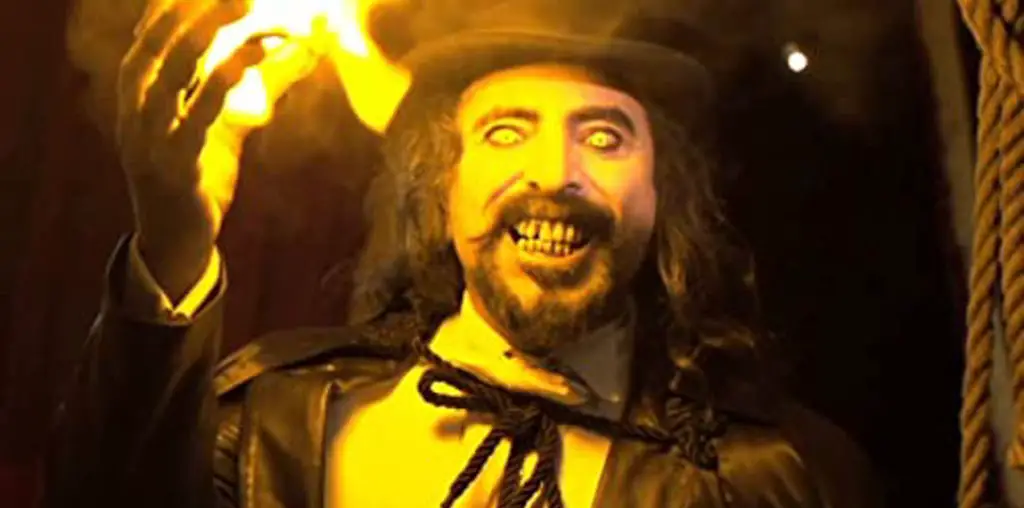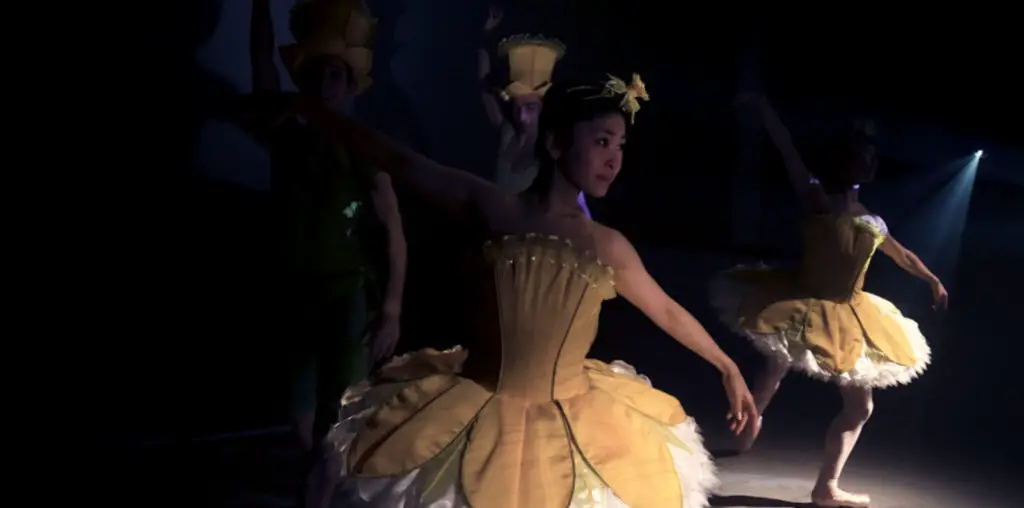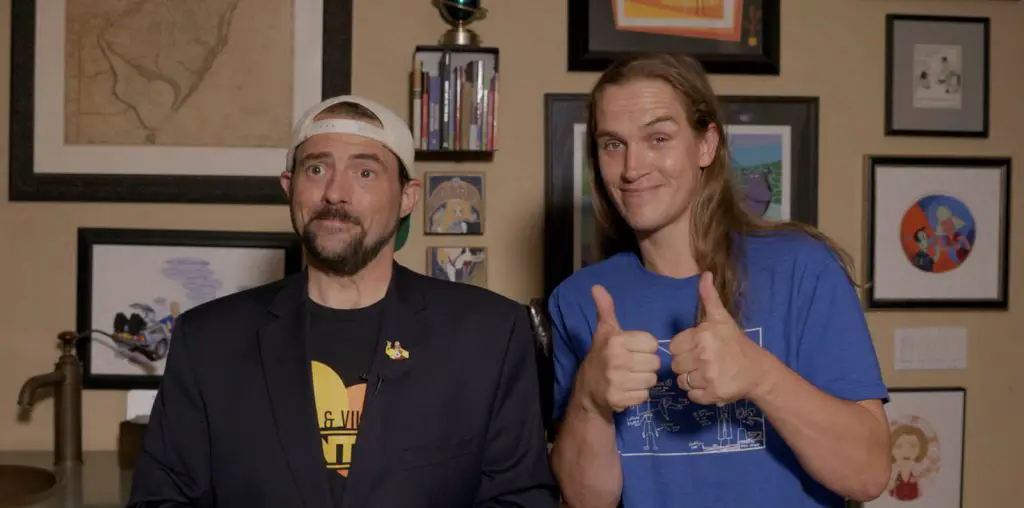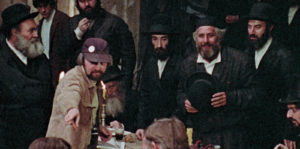
Fiddler on The Roof is a remarkable musical. Anchored by the comedic performance of the late, great Zero Mostel, it accomplished the rare feat of successfully adapting the famed Jewish satirist Sholom Aleichem’s stories to the stage. In the late 1960s, as the film musical was losing prominence, a group of Jewish producers sought to make one last great one. They selected Fiddler on the Roof and approached the man who successfully adapted Jesus Christ Superstar to the screen, Norman Jewison. They found success, as Pauline Kael hailed Fiddler as “the most powerful musical movie ever made.”
And now we have Fiddler’s Journey to the Big Screen, directed by Daniel Raim. Written by Raim and Michael Sragow, the documentary frames the hallowed musical’s trajectory to the big screen most effectively. Raim and company use archival footage to great effect. They interview the remaining principal cast, Jewison, and composer John Williams, conveying to the viewer the remarkable process of adapting this masterwork of Jewish tragicomedy to the silver screen.
As far as I’m concerned, Norm Jewison is a national treasure. That he’s still alive to recount the process of planning and executing Fiddler on the Roof is fantastic. Through his memories of working with the cinematographer Oswald Morris and the various recounting of his directions for the actors, you get the sense he is a very understanding and warm person. Truly, it takes someone who truly loves all things Jewish to capture the essence of Anatevka, Ukraine, in 1905.
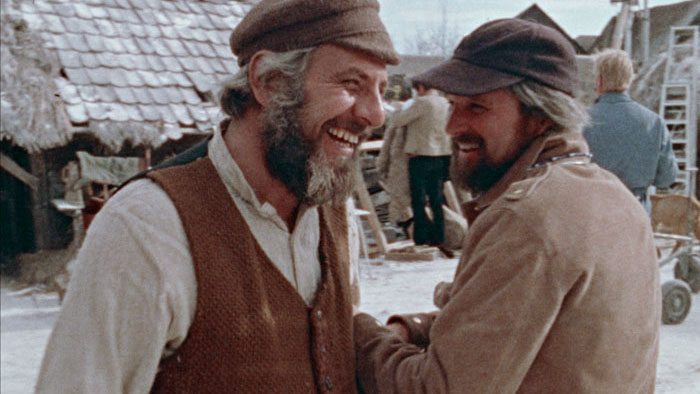
“…frames the hallowed musical’s trajectory to the big screen…”
Given the war raging across Ukraine today and the sympathy we feel for them, it’s of interesting historical record that Ukraine kicked out most of its Jews by 1910. The rest were subjected to their alliance with the Third Reich in World War II. The country should elicit complex emotions for anyone alive. The fact Ukraine chose to exile many of its Jewish residents should never be forgotten. In fact, that is the thrust of Fiddler. In the greater Jewish Diaspora, you’re never guaranteed a place to stay forever. Eventually, the nation will cast you out, as Ukraine tosses the Jews out of Anatevka.
Fiddler’s Journey to the Big Screen takes time not just to recount the story of the beloved musical but also digs deep into the issues the production faced. Initially planned to be filmed in a Yugoslavian village, some complex dance sequences had to be lensed at Pinewood Studios to prevent glass bottles from coming into contact with Yugoslavian winter and flying all over the place. Jewison realized that the acting had to feel natural. To that end, he eschewed using any highly regarded comedic actors, casting mainly unknowns. Topol, while Jewish, is Israeli. Israelis have a strong sense of pride and a stiff-necked nature you wouldn’t find in the U.S. The filmmaker rightly determined the Israeli qualities of Topol would make him a wonderful, soft-spoken version of Tevye the Milkman. Rosalind Harris was a method actor, which prepared her to be Tevye’s oldest daughter, Tzeitel. And so it goes with the rest of the cast.
This was the only film John Williams and Norman Jewison collaborated on. Williams’ score is simply delightful in its Eastern European and Klezmer qualities. As I listened to the amazing composer recount details from crafting the score, I felt a little bereft that there had not been more such collaborations.
Fiddler’s Journey To The Big Screen is a wondrous picture. It warmly and delightfully captures the mood of the early 1970s when Jewison produced and directed the musical at the documentary’s core. It would be great to see such another naturalistic cinematic musical one day. For now, seek out the film about making the musical and relive the magic.
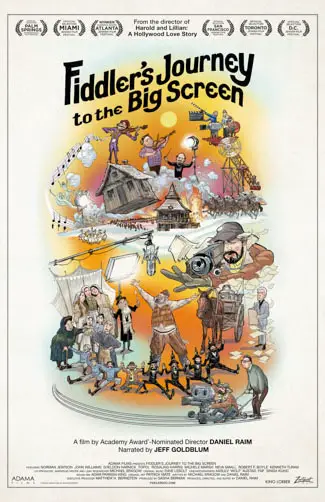
"…a wondrous picture."
